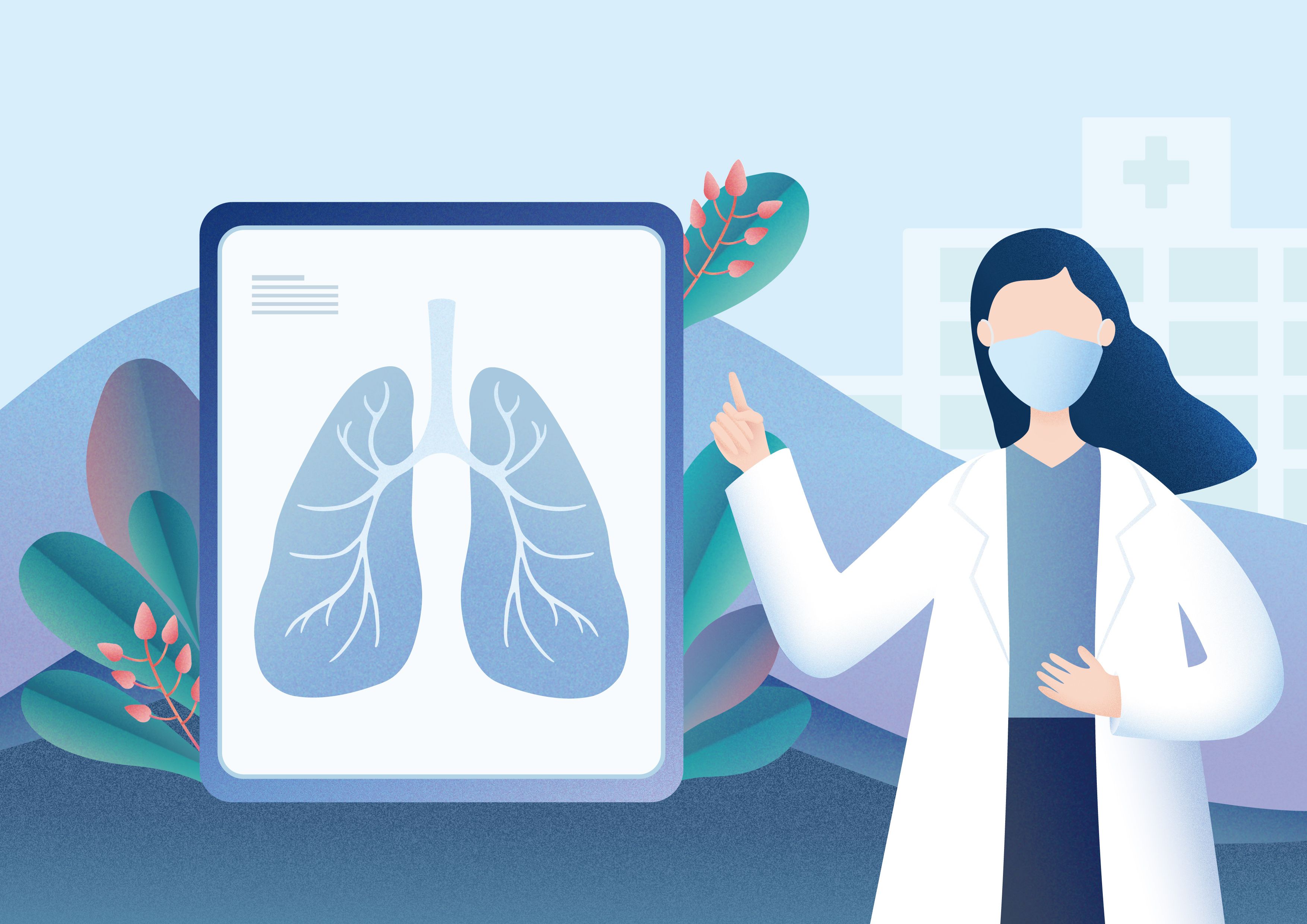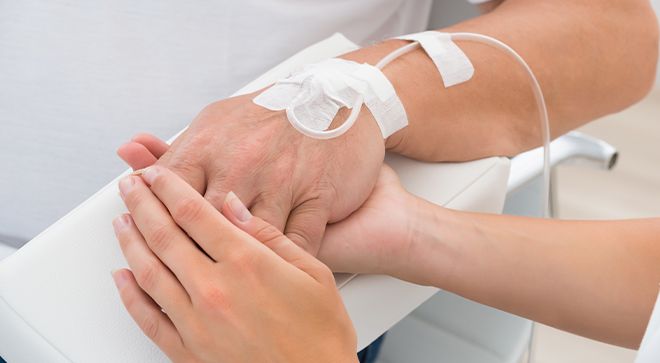Article
COVID-19 Pandemic May Negatively Impact Patients’ Ability to Access Care for Lung Cancer
Author(s):
A survey conducted by the LUNGevity Foundation determined that 96% of patients with lung cancer felt that they were concerned about the COVID-19 pandemic affecting their treatment.
Patients with lung cancer feel vulnerable and unprepared to navigate cancer care after shelter-in-place orders are lifted during the COVID-19 pandemic, according to study findings presented at the 2020 World Conference on Lung Cancer.
“It is important to be aware that the lung cancer community is facing the pandemic with greater urgency due to their higher risk with developing more severe cases of COVID-19,” said Jessica Selig, from the LUNGevity Foundation, during a press conference on these findings. “Lung cancer patients need to feel safe and secure when accessing their treatment.”
Researchers analyzed data to determine whether patients with lung cancer were prepared to navigate health care after shelter-in-place orders were lifted.
“In June (2020), assuming the immediacy of the lockdown was over, it was important to understand that the post-shelter-in-place, special needs and concerns of lung cancer patients,” said Selig during the press conference. “Despite fact that the world was opening back up, and things were opening back up, the risk for lung cancer patients, when it came to contracting COVID-19, was not decreasing.”
To do this, researchers deployed a rapid needs assessment survey to patients with lung cancer and caregivers of patients between June 10 and June 25, 2020.
“Despite the fact that this survey was conducted in the United States, the results of this study are global in nature and have implications for the rest of the world,” said Selig during the press conference.
Questions in the survey addressed patient worries about access to care for lung cancer, information needs and their preparedness to navigate care after orders to shelter in place were lifted.
Of the 302 participants who responded to the survey, 97% were patients with non-small cell lung cancer, 64% were younger than 66 years and 33% lived in COVID-19 hotspots. In addition, 30% had no evidence of disease and 61% were currently undergoing treatment.
Forty-six percent of participants reported interruptions in their care for lung cancer. Participants younger than 66 years old reported more difficulty in accessing care compared with those older than 66 years old (53% versus 34%).
The majority of participants — 96% — reported concerns about the COVID-19 pandemic affecting their cancer care, which was more prominent in participants younger than 66 and in those living in COVID-19 hotspots. This concern carried over into when shelter-in-place orders were lifted, as 45% of participants reported worrying about their access to care at that time. Participants with no evidence of disease were more worried about this access to care compared with those currently receiving treatment, which may be due to the fear of cancer recurrence, Selig noted.
Two-thirds of participants reported spending between one and four hours per week listening to or reading about information on COVID-19. Participants older than 66 years and those living in COVID-19 hotspots were more likely to report spending more than four hours per week looking for information on the virus and the pandemic. Information from patient advocacy groups or physicians was reported to be more reliable than information from the internet, which was considered the least reliable.
Participants who lived in COVID-19 hotspots or were receiving active treatment for lung cancer felt the least prepared about their lung cancer care plan in the era of post-shelter-in-place orders.
“COVID-19 is a big threat to the lung cancer community, given their high risk of more serious complications,” said Selig during the press conference. “As it stands now, patients (with lung cancer) are not prioritized when it comes to vaccinations. Therefore, LUNGevity believes that since patients are an incredibly vulnerable group, patients, particularly those residing in high caseload areas or COVID-19 hotspots, should be prioritized when it comes to vaccinations.”
Selig added that this survey was conducted before rates started to increase again and when vaccines were not authorized by the Food and Drug Administration for emergency use. “We also do need to keep in mind that this study was conducted in June of last year before we experienced greater spikes, more deaths and further complications from the fast-evolving pandemic,” Selig said.
“At this time, we did not ask participants in our survey about vaccines because this was back in June, and much has clearly happened since then when it comes to the pandemic. Therefore, it may be beneficial to re-survey this population, given that some of the concerns … would likely have only become worse given the progression of COVID-19 and the current state of the pandemic.”
For more news on cancer updates, research and education, don’t forget to subscribe to CURE®’s newsletters here.




